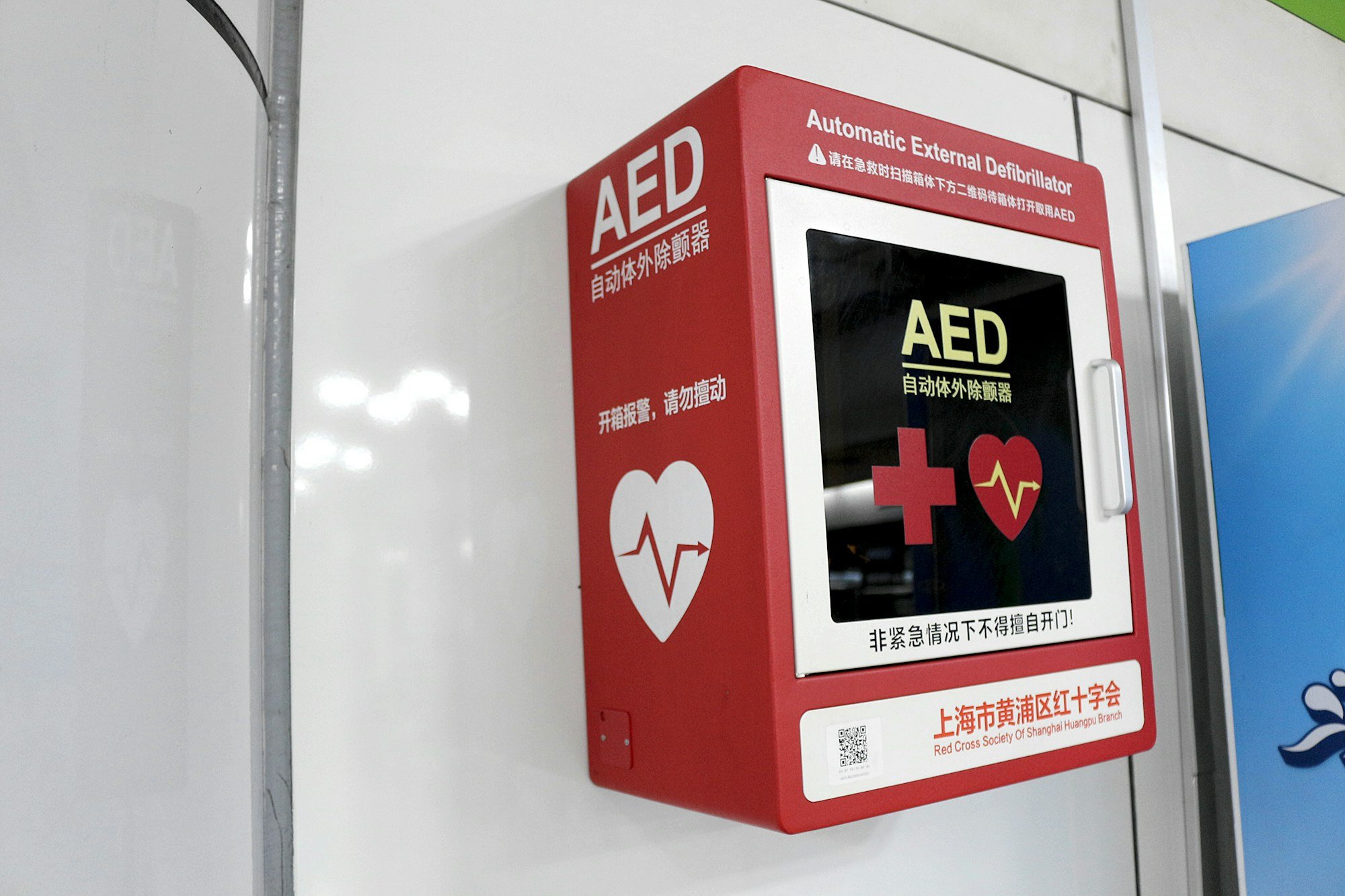ADI Part 1 Theory Test First Aid Questions
Why First Aid Is Joining the ADI Part 1 Theory Test2025 Update
Why First Aid Is Joining the ADI Part 1 Theory Test — And Why the DVSA’s 2025 Update Deserves Your Attention
For years, the ADI Part 1 theory test has acted as the solid starting point for anyone entering the world of professional driver training. Built on the pillars of the Highway Code, hazard perception and safe driving behaviour, it has remained largely unchanged — until now.
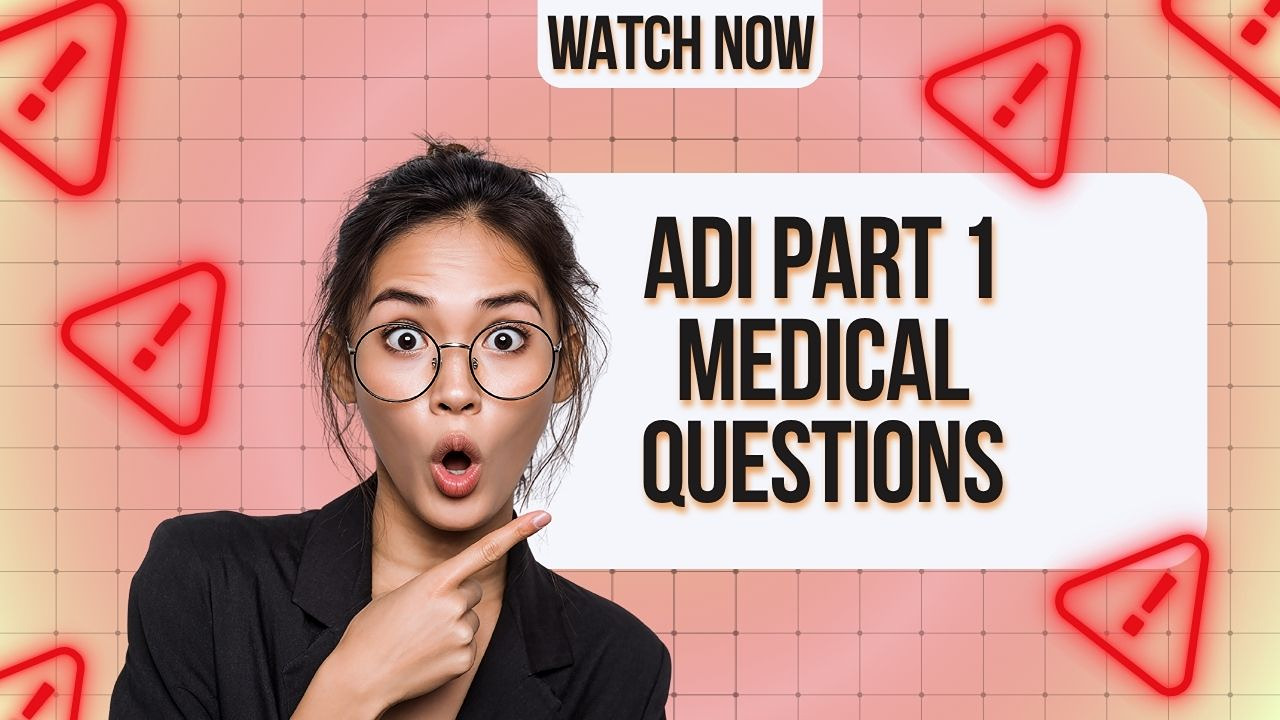
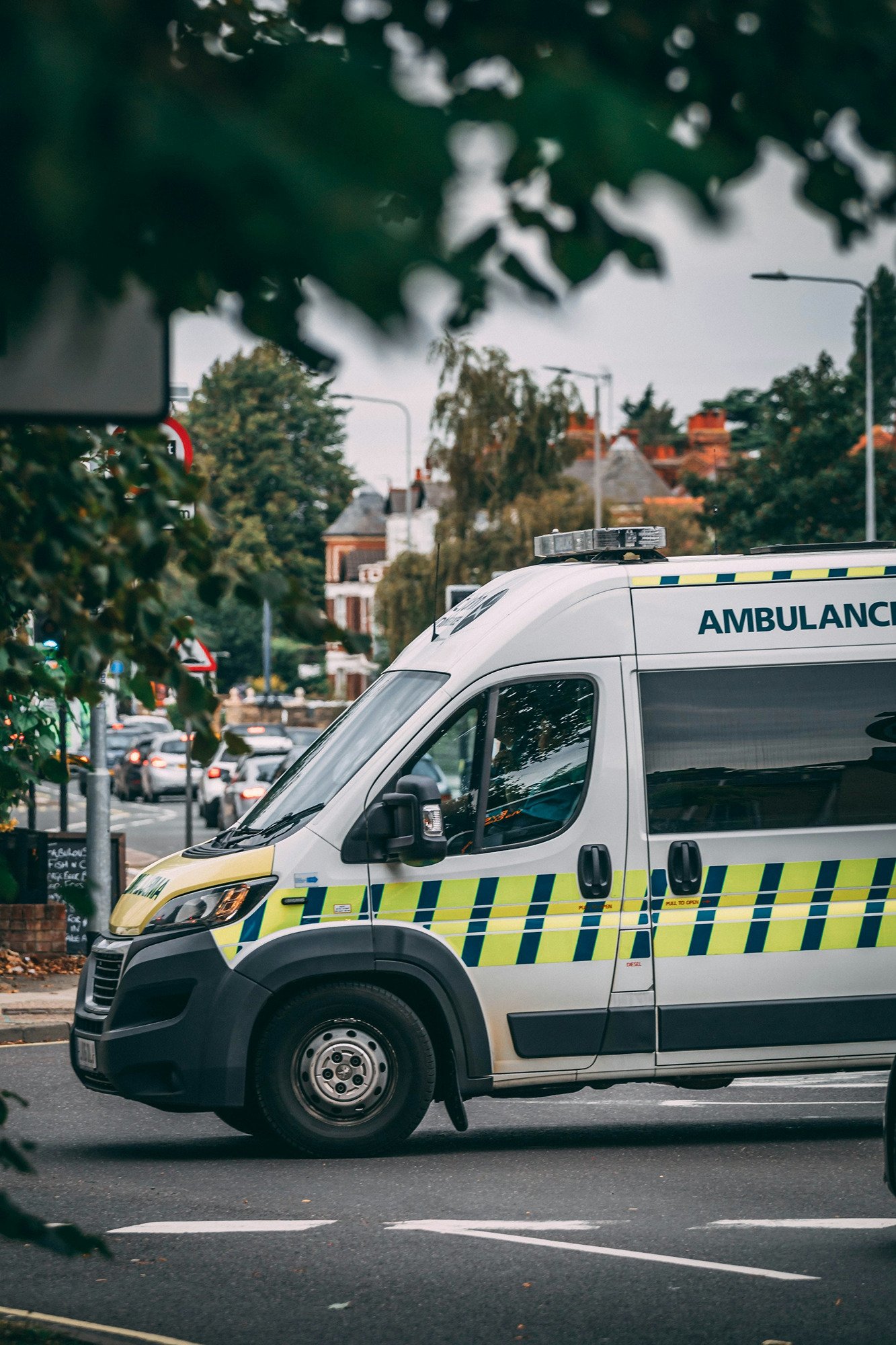
ADI Part 1 First Aid - Why the Change?
In August 2025, the DVSA announced a significant shift: from early 2026, first-aid awareness will be formally built into the theory test, including the training and assessment for Approved Driving Instructors. It’s a small step on paper, but an important one for the future of road safety.
1. What’s changed
The DVSA confirmed that all driving theory tests, including ADI Part 1, will feature enhanced first-aid questions from 2026. These will cover:
• Correct CPR processes – so candidates understand the basics of chest compressions and how to respond to a casualty who isn’t breathing.
• Use of automated external defibrillators (AEDs) – the first time AED awareness has appeared in the test at all.
• Expanded road-first-aid scenarios – building on existing “first aid on the road” content that has sat quietly in the background of the theory test for years.
This update reflects a wider national push to improve public understanding of life-saving response, especially in everyday settings like roads, service areas and town centres.
2. Why it matters for driving instructors and their pupils
2. Why it matters for driving instructors and their pupils
Anyone who has spent time on British roads knows that those behind the wheel often become first responders by circumstance rather than choice. Driving instructors, in particular, spend long hours on the road and may be among the first on scene at collisions or medical emergencies.
The DVSA has stated plainly that road users can and do witness emergencies. That makes first-aid awareness more than an academic exercise — it’s a practical life skill.
For instructors, this shift also broadens the meaning of “responsible driving”. It nudges the role past gears, steering and signalling, and into personal responsibility and incident management. If you’re training to be an ADI, this becomes part of your professional credibility. You’re expected to lead by example and teach not only good driving habits but safe behaviour when things go wrong.
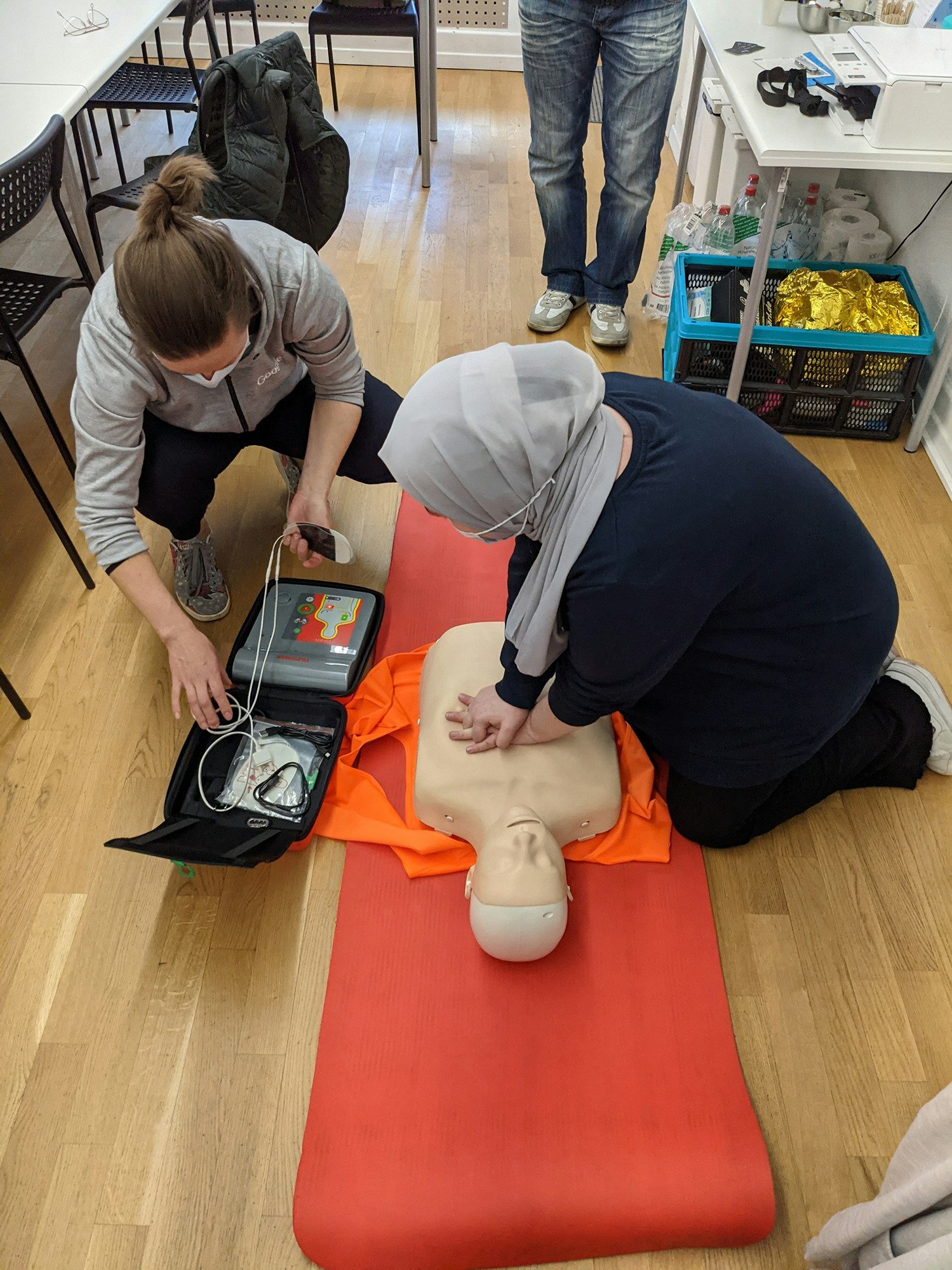

3. The rationale behind including first-aid content
3. The rationale behind including first-aid content
The numbers tell the story. The UK sees more than 40,000 out-of-hospital cardiac arrests each year. Survival is often less than one in ten. Yet if CPR and an AED are used within three to five minutes, survival rates can rocket to around 70%.
Where, then, do many of these emergencies happen?
On roadsides. In car parks. At service stations. During breakdowns. In exactly the places where instructors and their pupils spend a great deal of time.
First aid isn’t being added to the theory test for novelty. It’s being added because the DVSA recognises that roads are unique first-aid environments. Drivers and instructors regularly become the first bystanders. Including first-aid content aligns perfectly with the long-standing duty of care expected of anyone using public roads.
There’s also a cultural shift happening in driver education. The DVSA is gently steering the profession toward a broader view of road safety — one where a good driver, and certainly a good instructor, understands the whole landscape of risk, including emergency response. It’s not just about controlling a car. It’s about leadership and responsibility.
4. What this means for your ADI Part 1 training materials
4. What this means for your ADI Part 1 training materials
For those building or updating ADI Part 1 resources, this change means it’s time to expand your content.
Your “HOW TO PART 1” book should now include:
• a clear section on first-aid at the roadside
• simple explanations of CPR and AED use
• guidance on scene safety and casualty assessment
• case-study scenarios for real-world thinking
• reflective questions like “What should you do when you find someone unresponsive?”
• optional resources for further first-aid training (acknowledging that the test measures awareness, not certification)
This will help trainees not only pass the new question bank but genuinely understand why these skills matter.
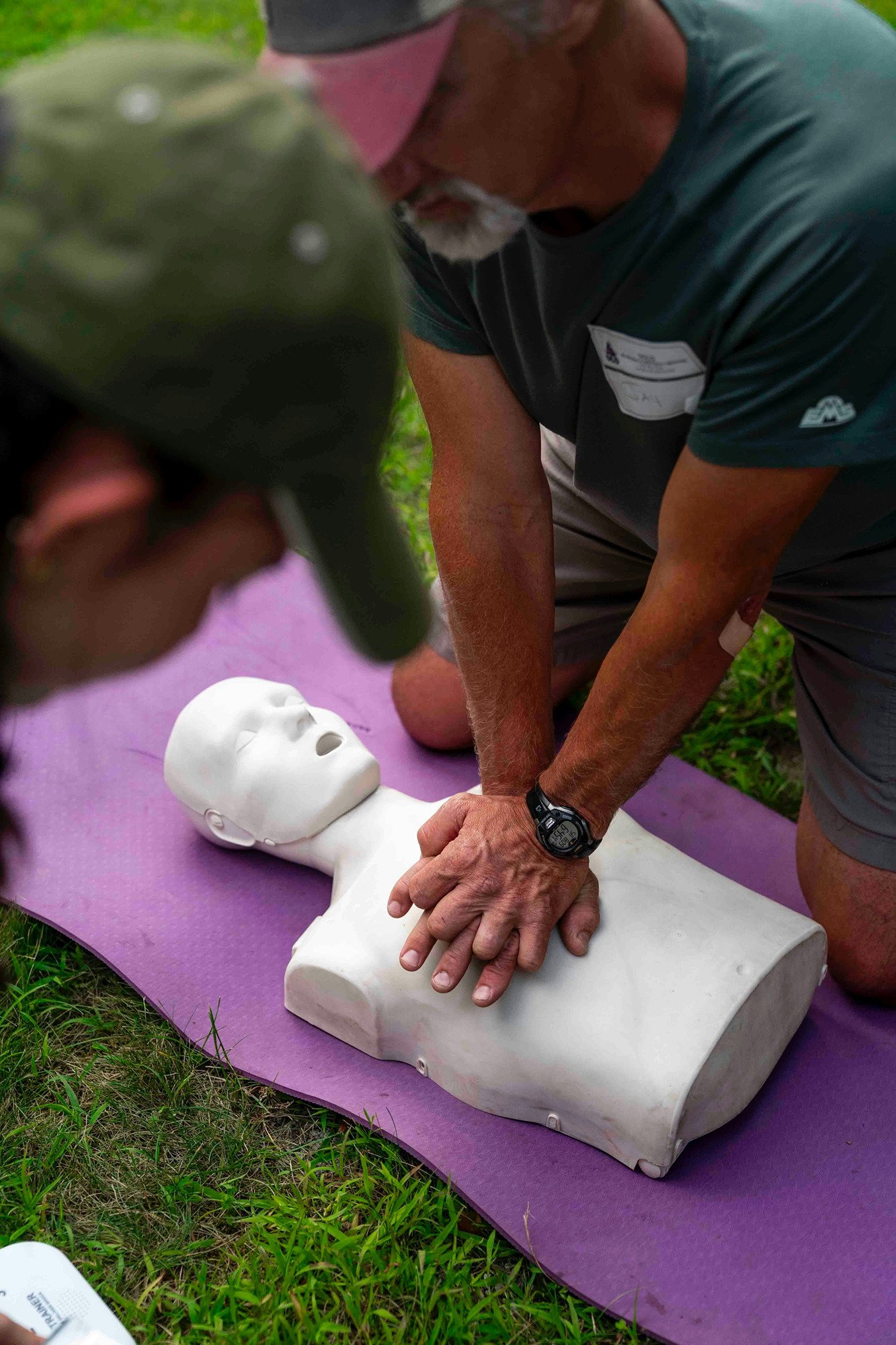
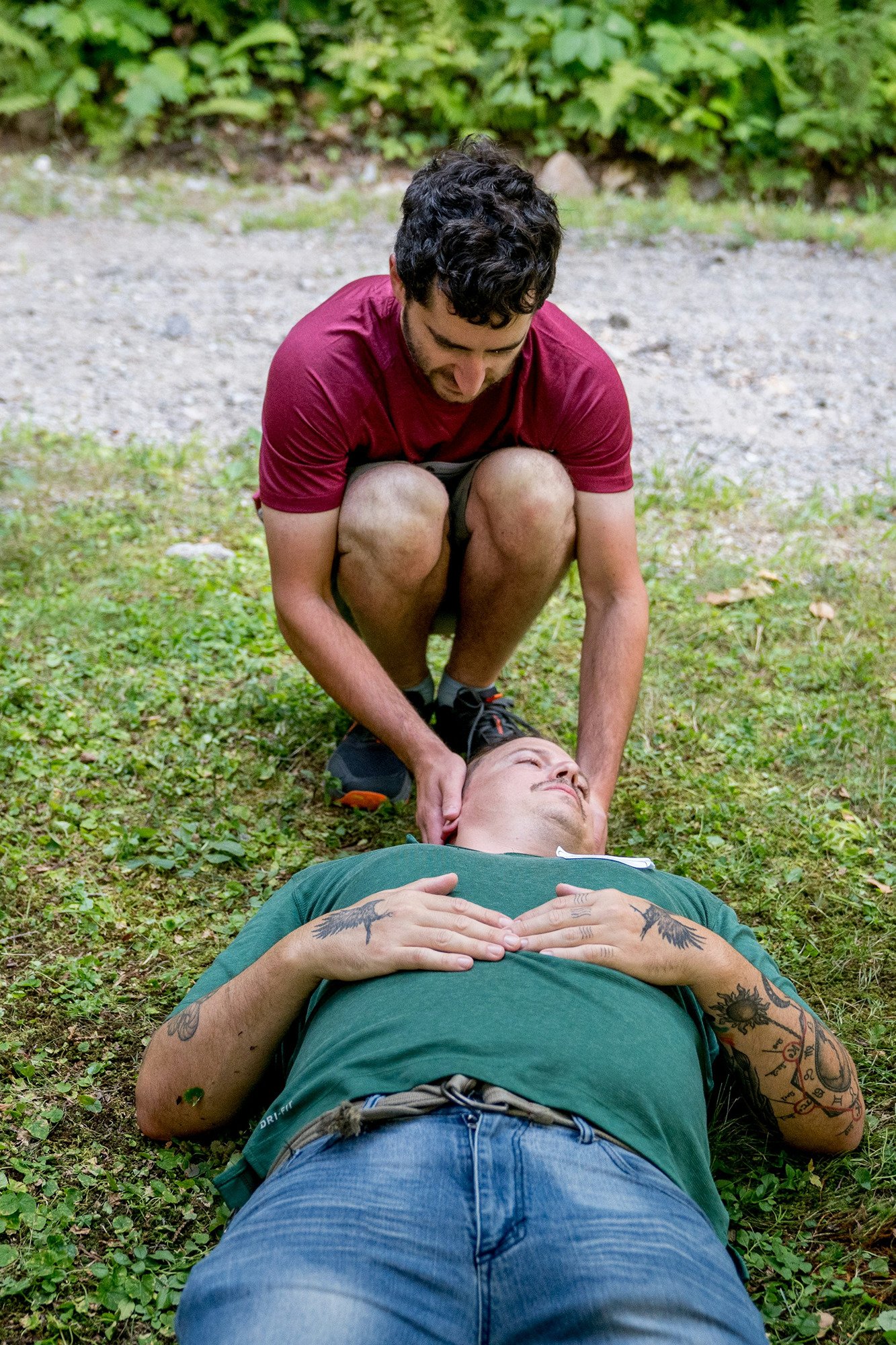
5. Key points to highlight to trainees
5. Key points to highlight to trainees
Make these ideas part of your teaching message:
• Passing the test is just the starting point. The goal is to shape instructors who behave responsibly in emergencies as well as in day-to-day driving.
• First-aid basics are now part of the job. Instructors set the tone for safe, prepared road use.
• The test checks awareness, not practical performance. Candidates won’t be asked to perform CPR, but they must know the correct principles and when to act.
• Scenario thinking is vital. Encourage trainees to imagine realistic situations: a collapsed pedestrian at a service area, a sudden medical emergency during a lesson, or arriving first at a collision.
• Safety extends beyond the vehicle. A great instructor teaches pupils not just how to move through traffic, but how to cope when something unexpected happens.
A step forward — grounded in tradition
A step forward — grounded in tradition
Some will frame this as modernisation. In reality, it feels like a return to the older values that shaped UK road culture in the first place: look after yourself, look after others, and be ready when life takes an unexpected turn.
By weaving first-aid awareness into the ADI Part 1 theory test, the DVSA is reminding us that good driving has never been limited to clutch control or road signs. It’s about responsibility. Calmness. Awareness. And the willingness to act when someone needs help.
If this update helps even one instructor — or one pupil — save a life, it will have been well worth the space it occupies in the question bank.
